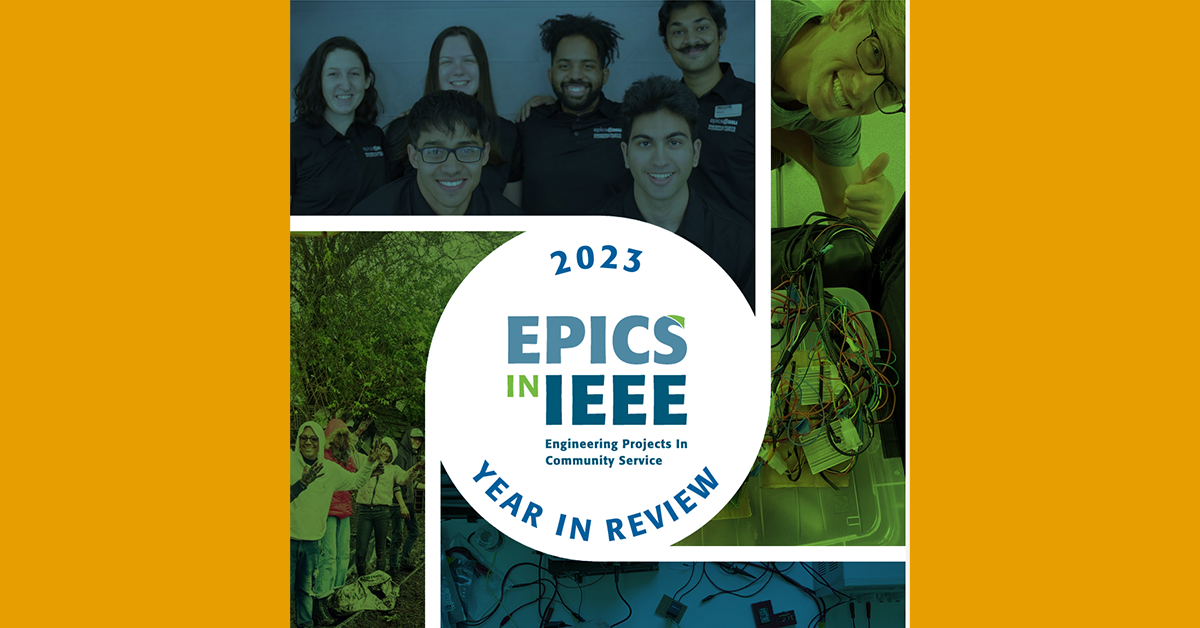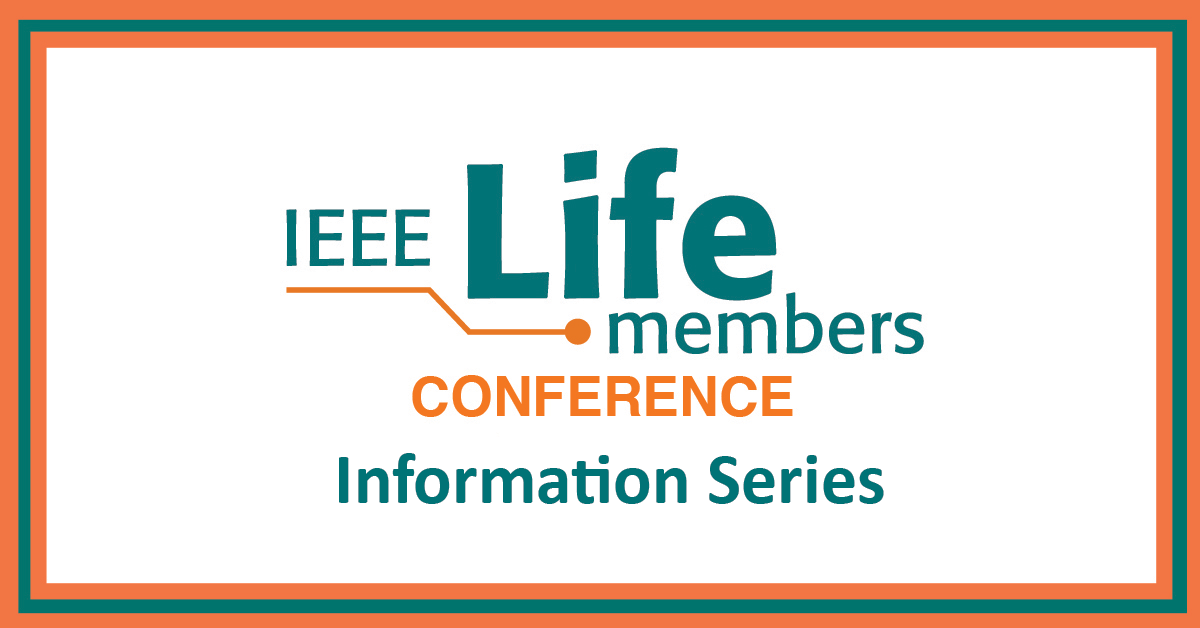IEEE Life Members are technology influencers, pioneers, and valuable partners – sharing over one million years of experience with the next generation of innovators.
Discover how to Get Involved in mentoring, fellowships & grants, and volunteering programs around your area; the latest News & Events; the Awards that LM sponsors; information for Volunteers; and member Resources.
Featured Highlights from IEEE Life Members
IEEE Life Members Conference
Austin, TX | 14-16 April 2024
Open to all interested technology enthusiasts, the conference will focus on the evolution of technology, applications, and contributions.
Life Members Fund Supports Growing EPICS in IEEE Program
The EPICS in IEEE Annual Report shares stories and highlights from 2023, made possible by the generous contributions of EPICS in IEEE donors and our strategic partnerships.
Finding Fulfillment Through Volunteering
IEEE Life Senior Member Peter M. Silverberg talks about his volunteering activities and giving back through the IEEE Foundation in the latest Life Members profile.
Get Involved with IEEE Life Members
Stronger together. The key to the IEEE Life Members community is our members. Dedicated to life-long learning and giving back to humanity, Life Members come together to learn new things, contribute ideas, mentor students, and participate in IEEE events.

Latest Life Members News
Life Members Fund Supports Growing EPICS in IEEE Program
IEEE Life Members2024-04-23T11:19:15-04:004 April 2024|Announcements, Special Project Focus|
Member Spotlight: Peter M. Silverberg
IEEE Life Members2024-04-23T10:26:06-04:004 April 2024|Member Spotlight|
The Conference is Almost Here!! View Schedule
IEEE Life Members2024-04-11T08:55:52-04:004 April 2024|Conference News|
IEEE Life Members Newsletter – April 2024
IEEE Life Members2024-04-09T10:38:16-04:004 April 2024|Announcements|





